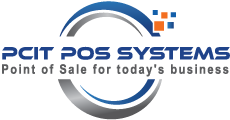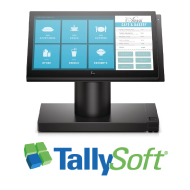
What software do you offer?


What Is a Point of Sale (POS) System?
A point of sale system is a combination of software and hardware that allows merchants to take transactions and simplify key day-to-day business operations.
What do POS systems do more than just offer flexibility when processing daily transactions?
They improve a merchant’s chances of success by providing them with tools to streamline business processes. Many of these vital processes would be overly tedious and resource exhaustive to complete without the support of a modern POS system.
What are the two common software deployment methods?
On-premise: A traditional software model. Purchase one or more licenses upfront for the software and install it on your computer system or servers. You’re in charge of updating and maintaining the software, which may require dedicated IT personnel for larger organizations.
Cloud-based: Also known as Software-as-a-Service (SaaS) POS solutions. You access and support the system via the internet. Don’t worry—if your internet goes down, most systems track sales and sync them once you’re back online.
What features should I be looking for?
Sales Reporting
Record and analyze sales to make informed business decisions.
Customer Management
Log purchases and keep in touch with customers through marketing tools.
Inventory Management
Manage the quantity of stock to determine when and how often to reorder products.
Employee Management
Provide clock-in/clock-out tools and manage scheduling and payroll.
What are the hardware components that are crucial for supporting POS software?
Register screen: Standard monitor that displays the product database. Enables other functions, such as employee clock-in and viewing sales reports. Tablets—especially iPads—are popular for replacing bulkier monitors.
Barcode scanner: Automates the checkout process. Scanning barcodes pulls product info and adds it to the checkout total. Barcodes, when scanned, may also integrate with inventory management systems to automatically adjust stock levels.
Credit card reader: Secure and EMV-compliant credit card readers are extremely important for retailers since the EMV payment standard went live in October 2015, and non-compliant retailers face potentially huge losses on account of fraud liability.
Receipt printer: Email and text receipts are gaining popularity, but paper receipts are still important for providing customers with a quick snapshot of their purchase. You can print employee sales totals, hours and other information.






























